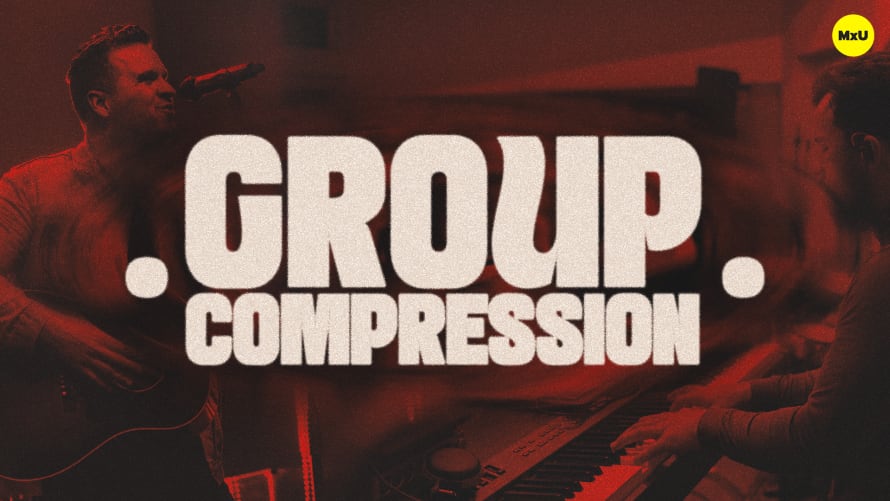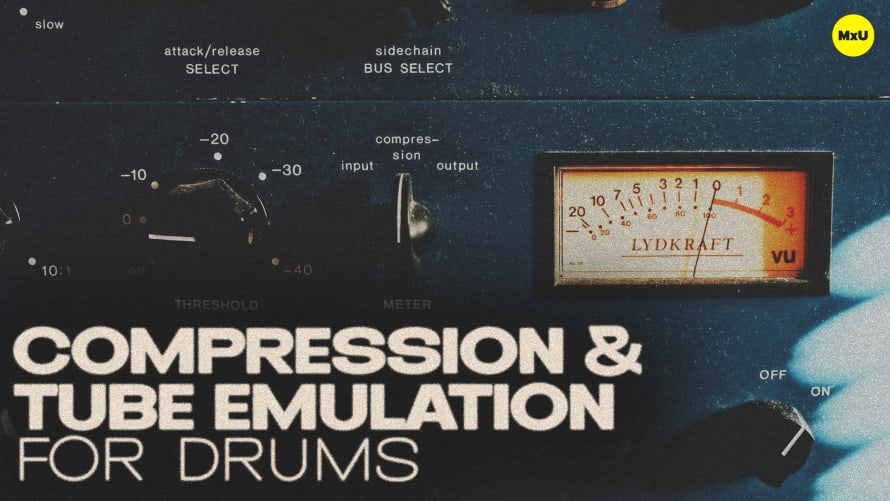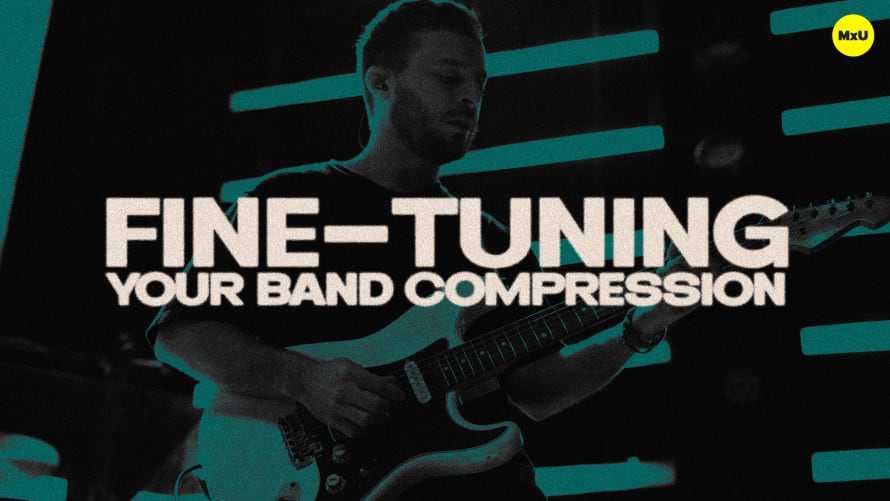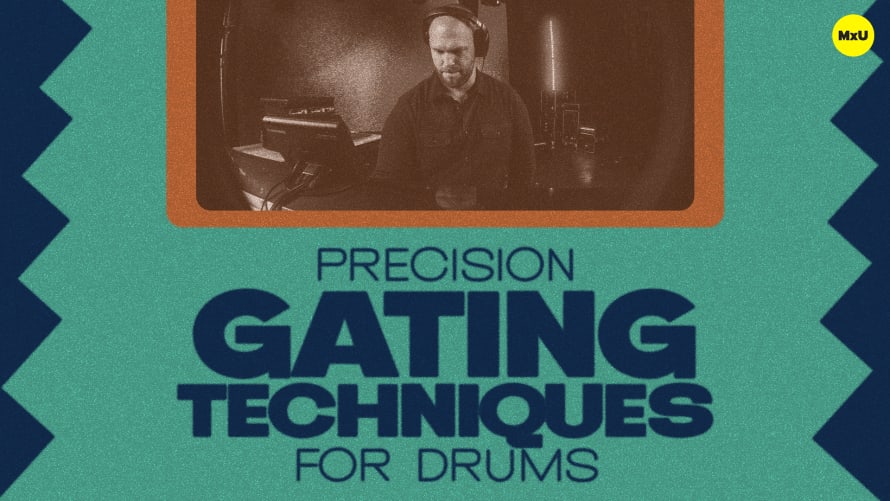Group Compression
More in MxU
Explore group layout and compression techniques to focus in improving your mix. Apply parallel compression to drums, compression to the band, and processing to the master bus. Boost the performance subtly without taking away from its qualities.
Key Points:
- Use dual groups for the drum mix. This distinguishes between less compressed and heavily compressed (smash) drum groups. This technique also allows for fine-tuned balance that subtly boosts the drum punch while keeping the song’s organic feel.
- Optimize compression settings by selecting compression types for different drum groups. Blending these groups is necessary to achieve your desired drum sound. This process involves adjusting the levels within the drum groups and the overall drum bus to achieve a balanced and punchy drum mix.
- Compression adds glue to the whole band, helping the elements work together. Use dynamic EQ as a ‘recovery EQ’ to compensate for any tonal losses due to compression, thereby restoring life to the mix.
- Use VCAs or DCAs to manage group levels well. This is done to keep compression consistent across the group.











